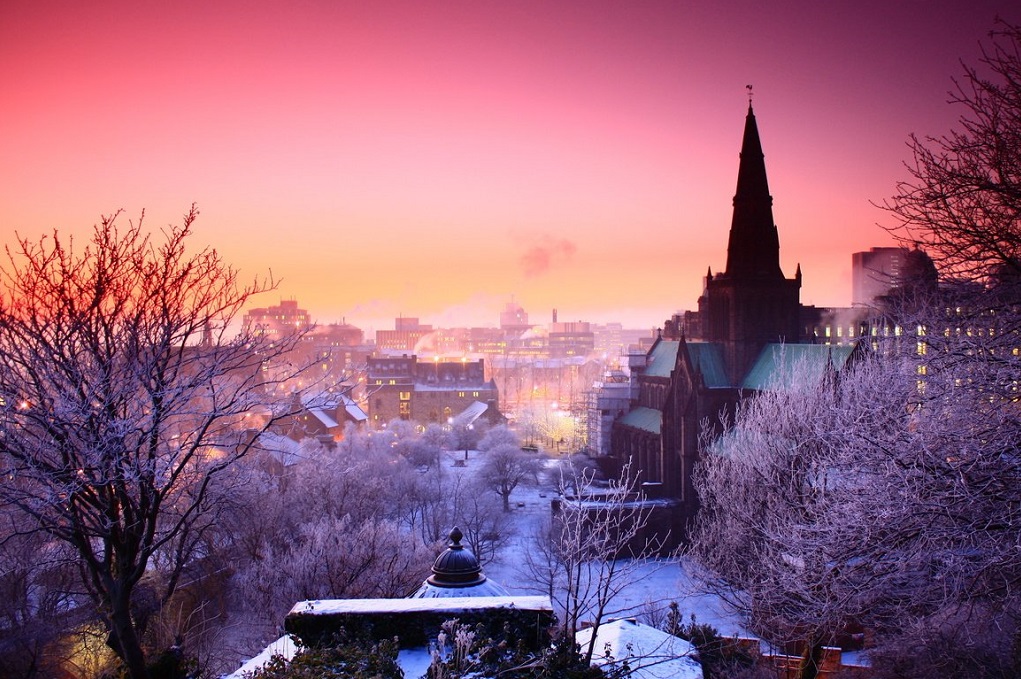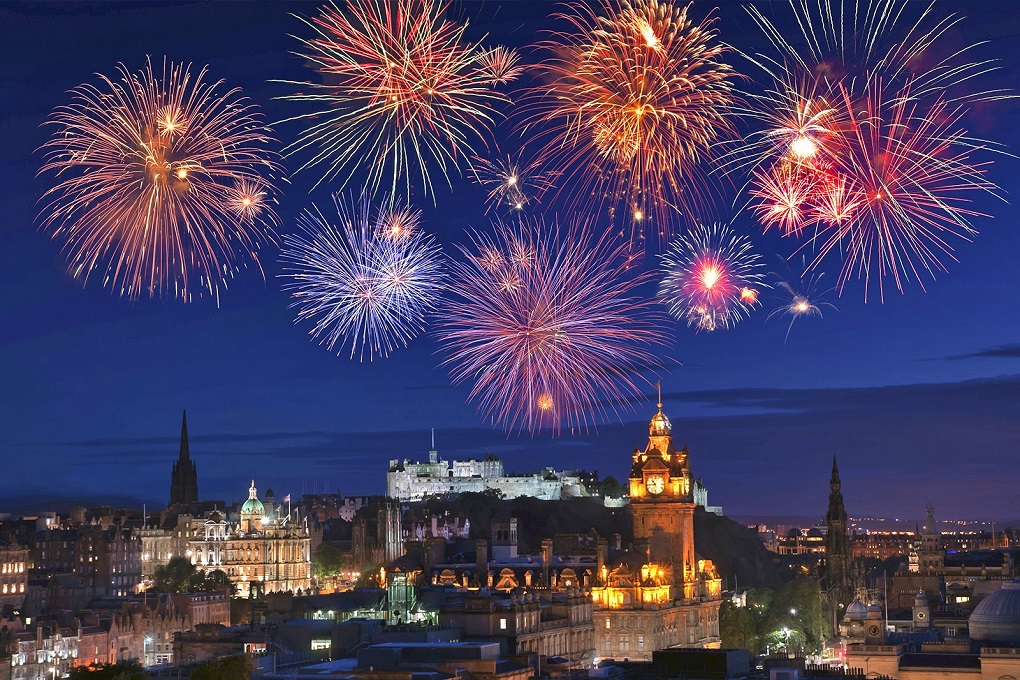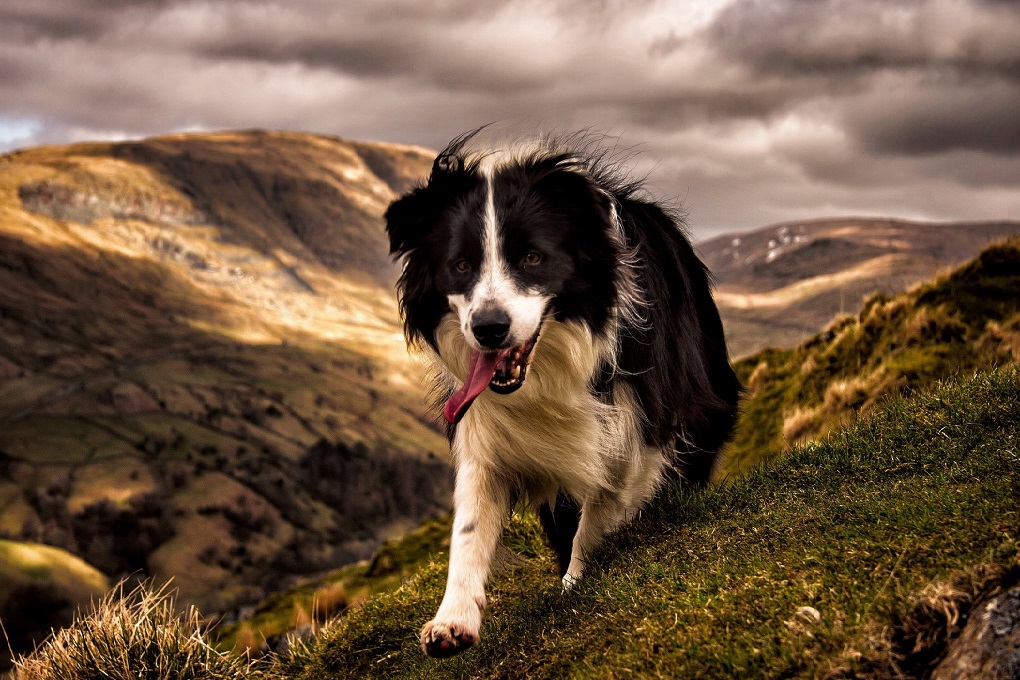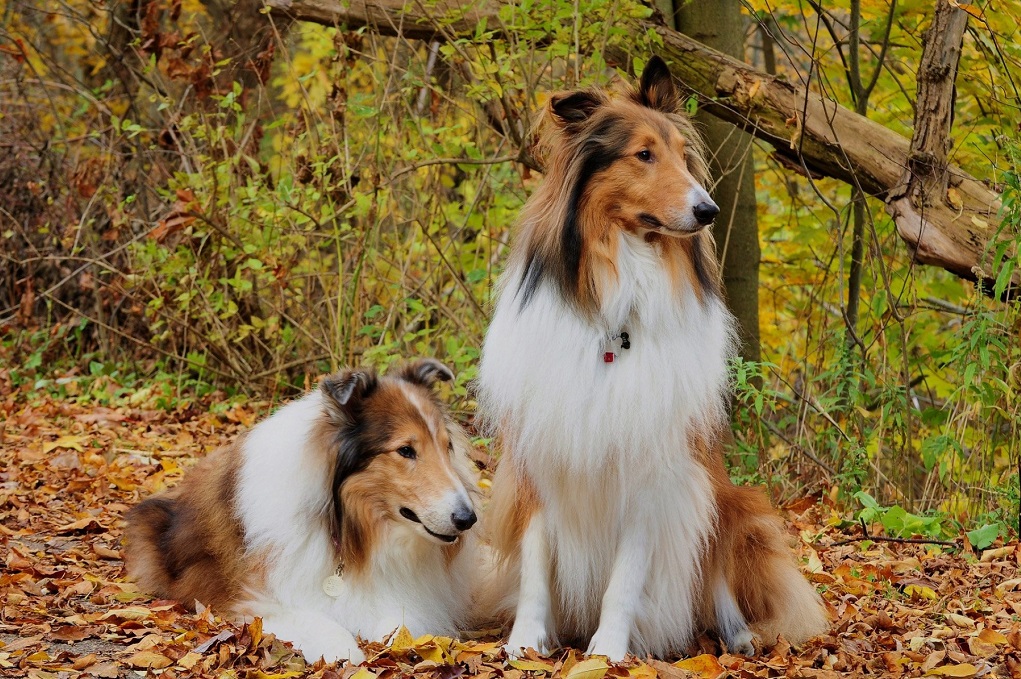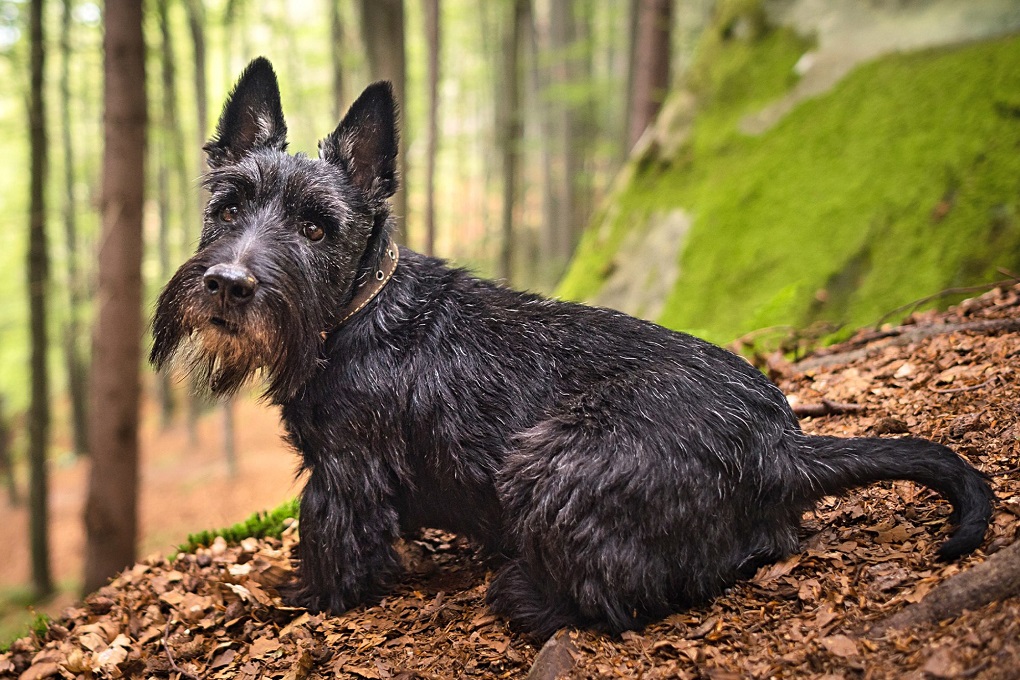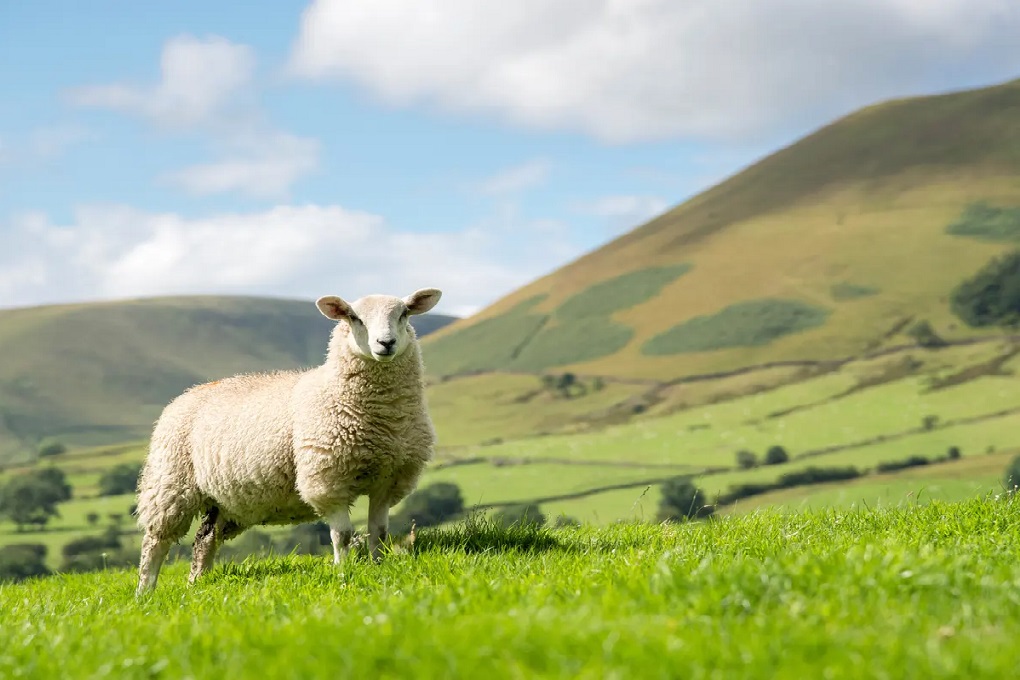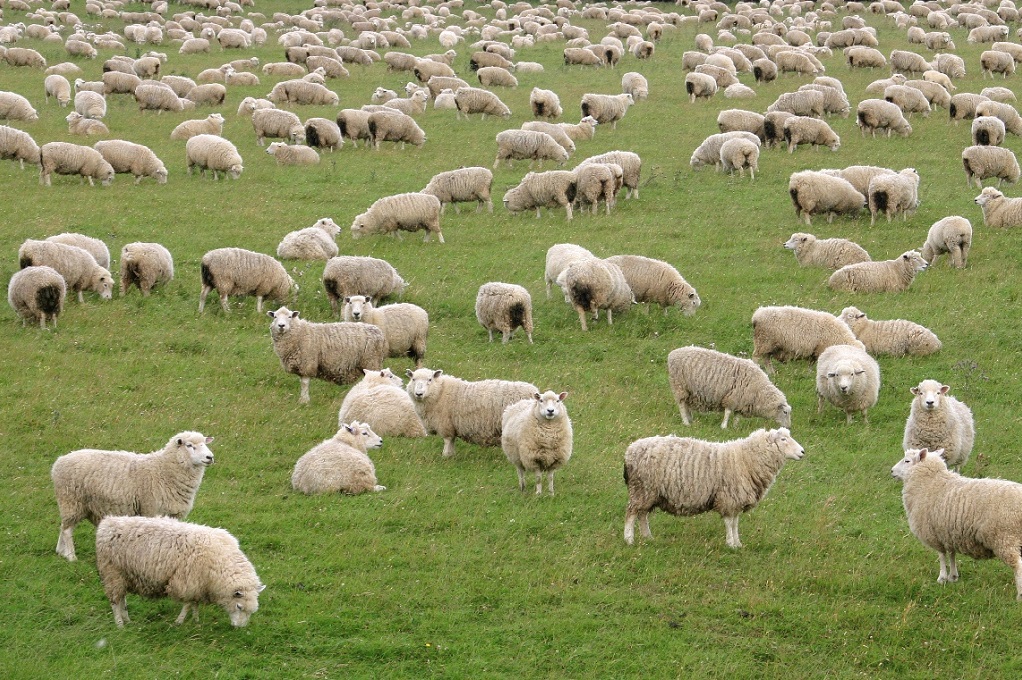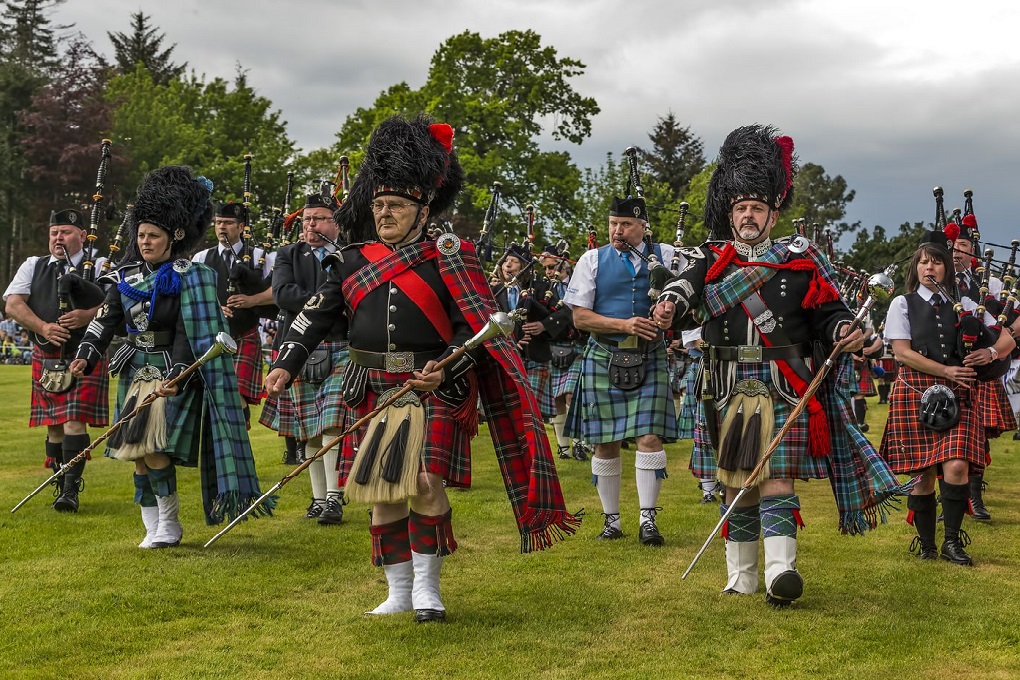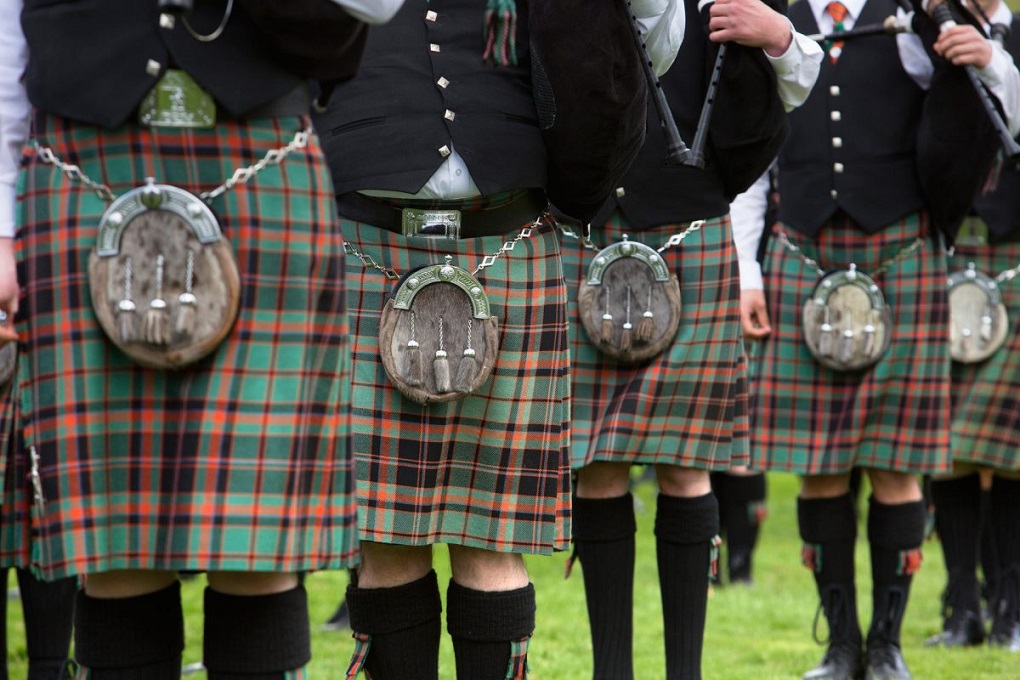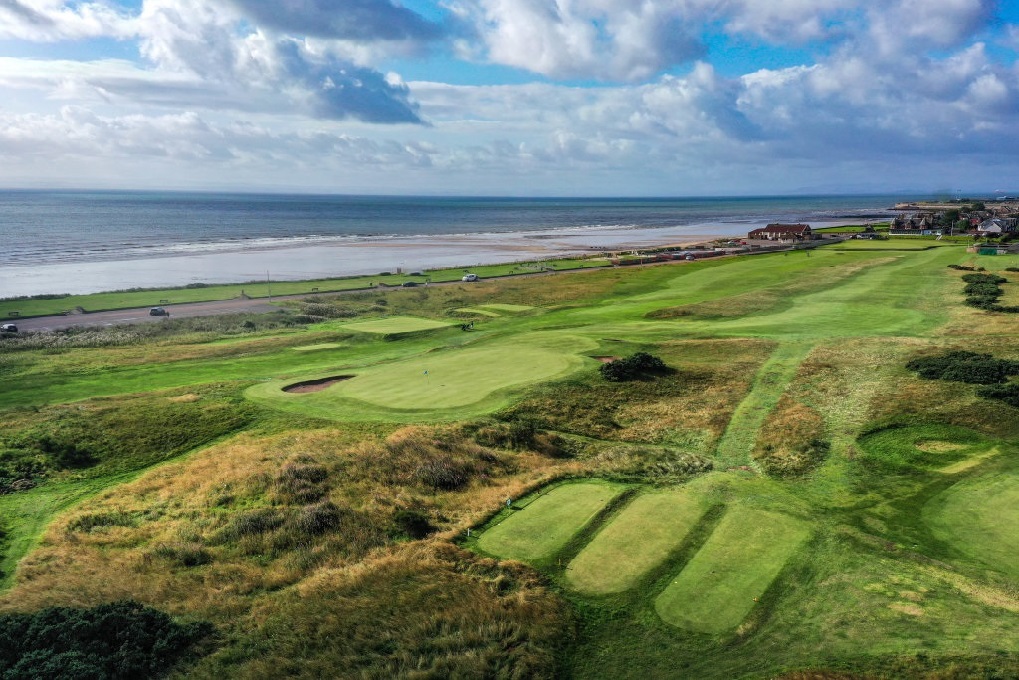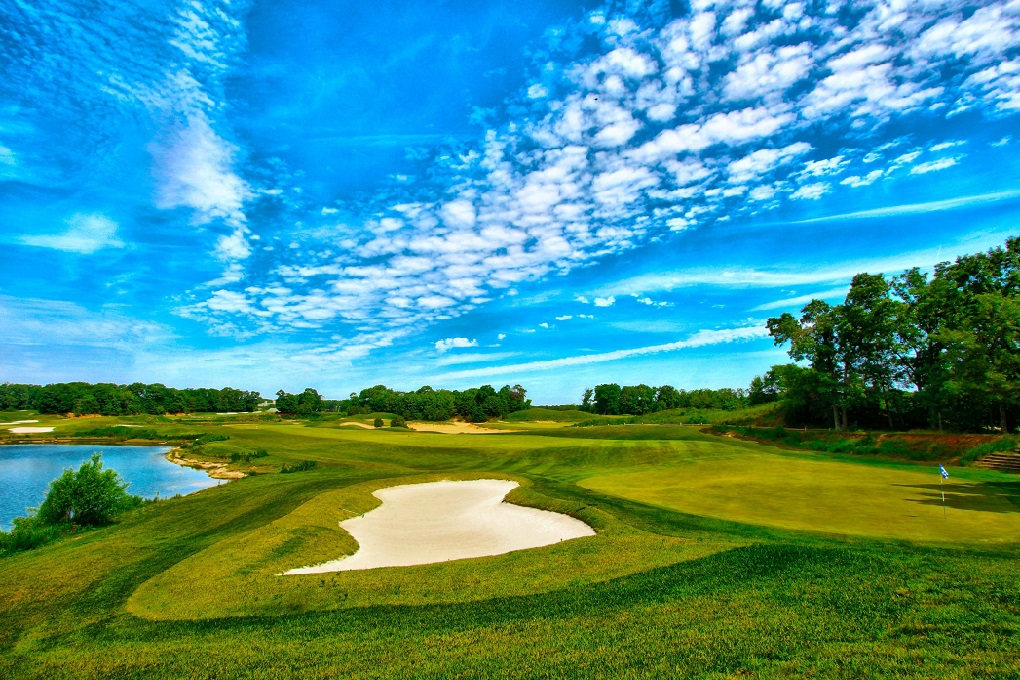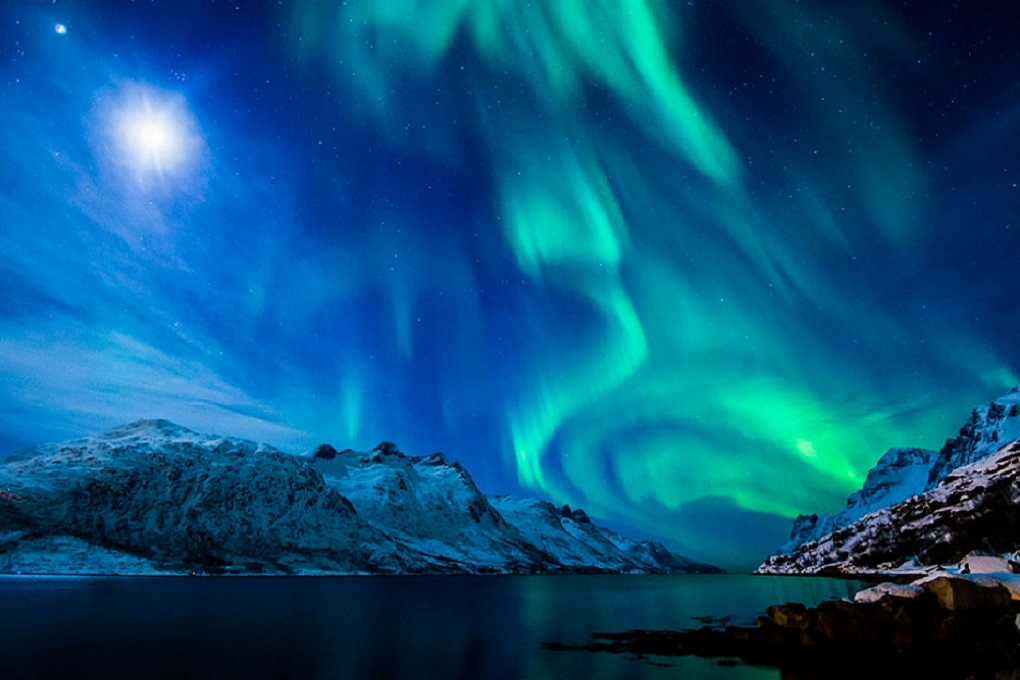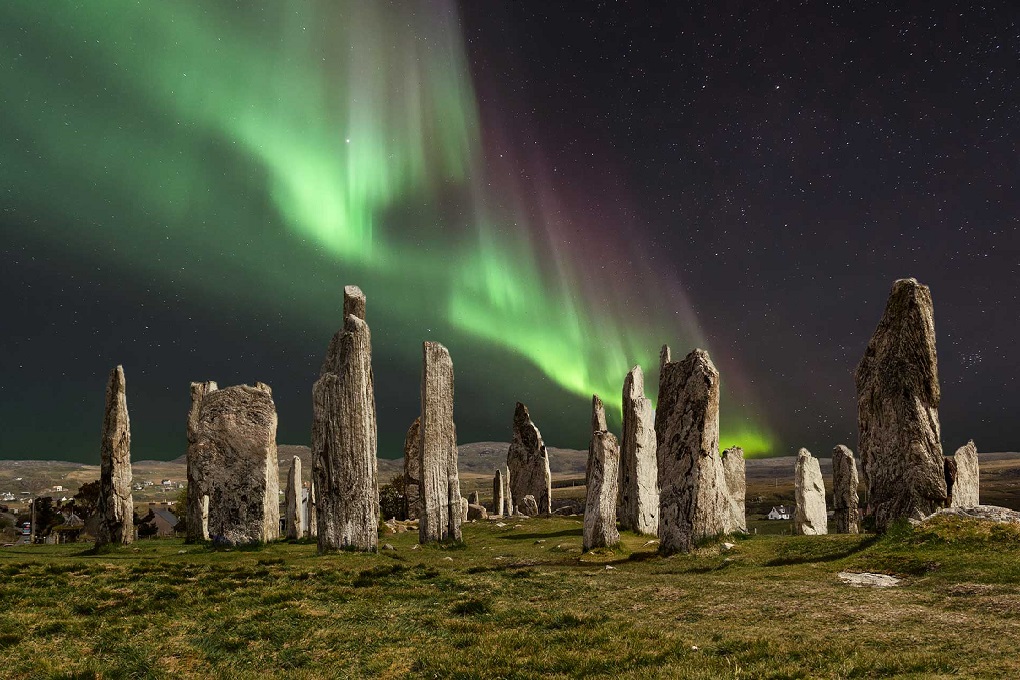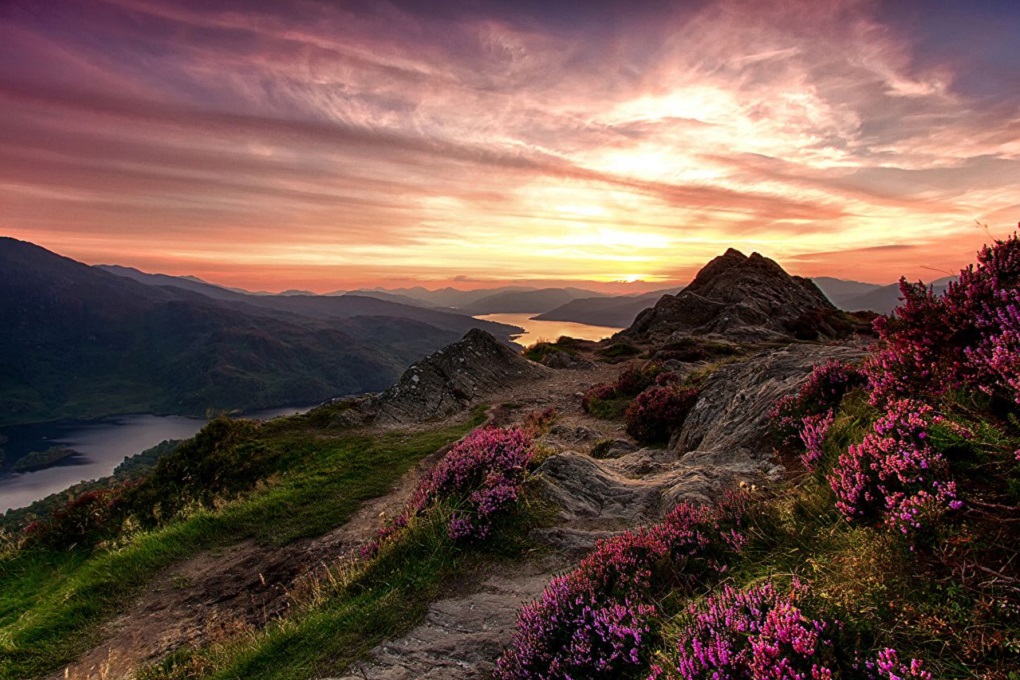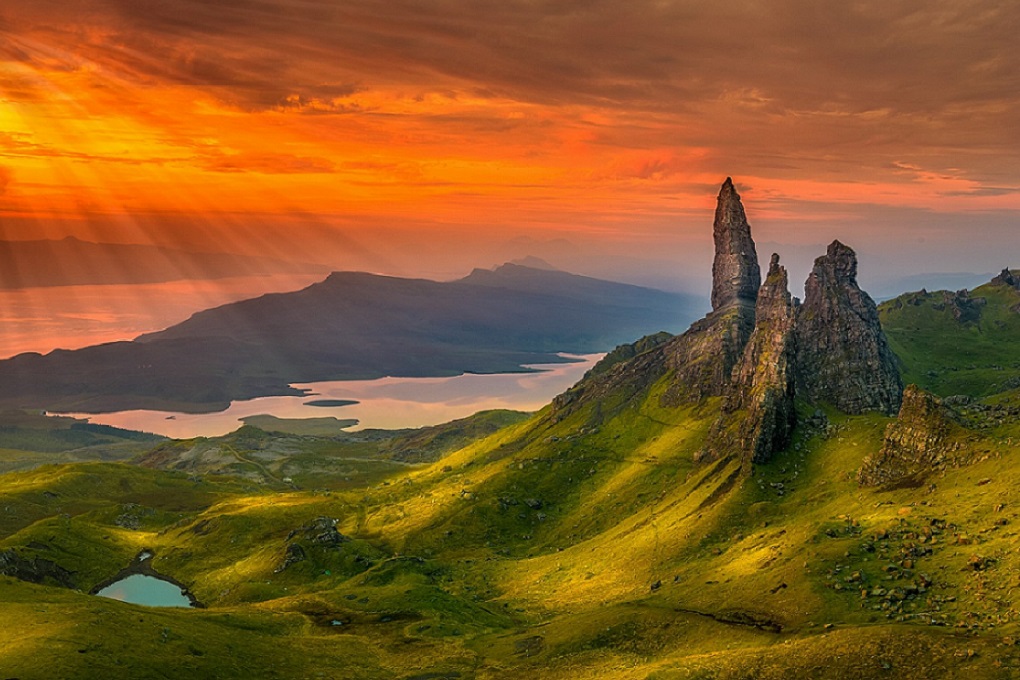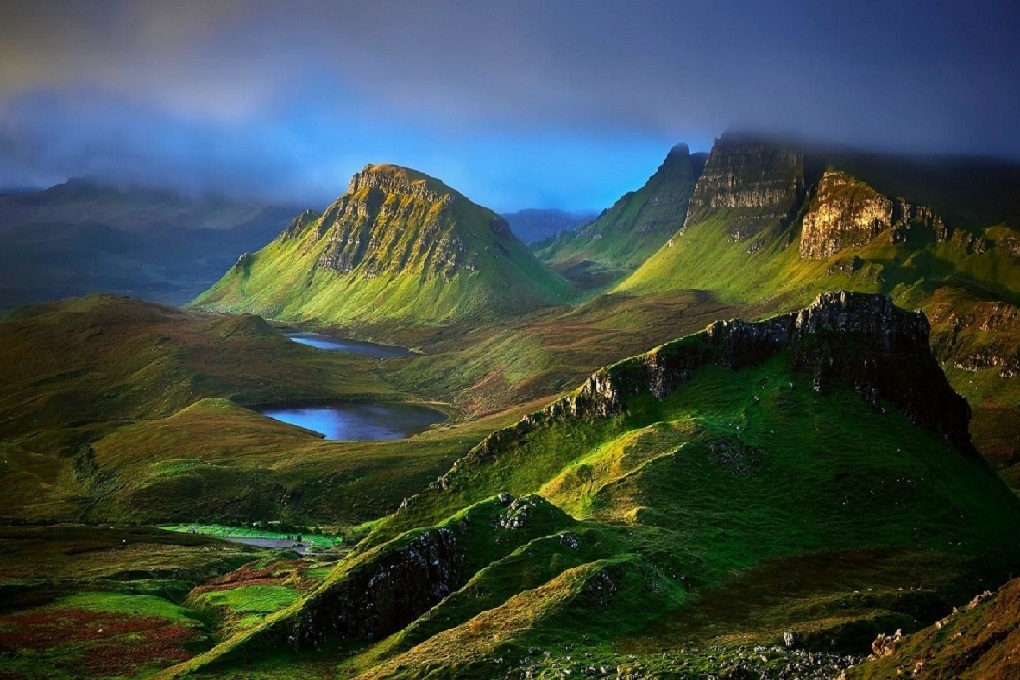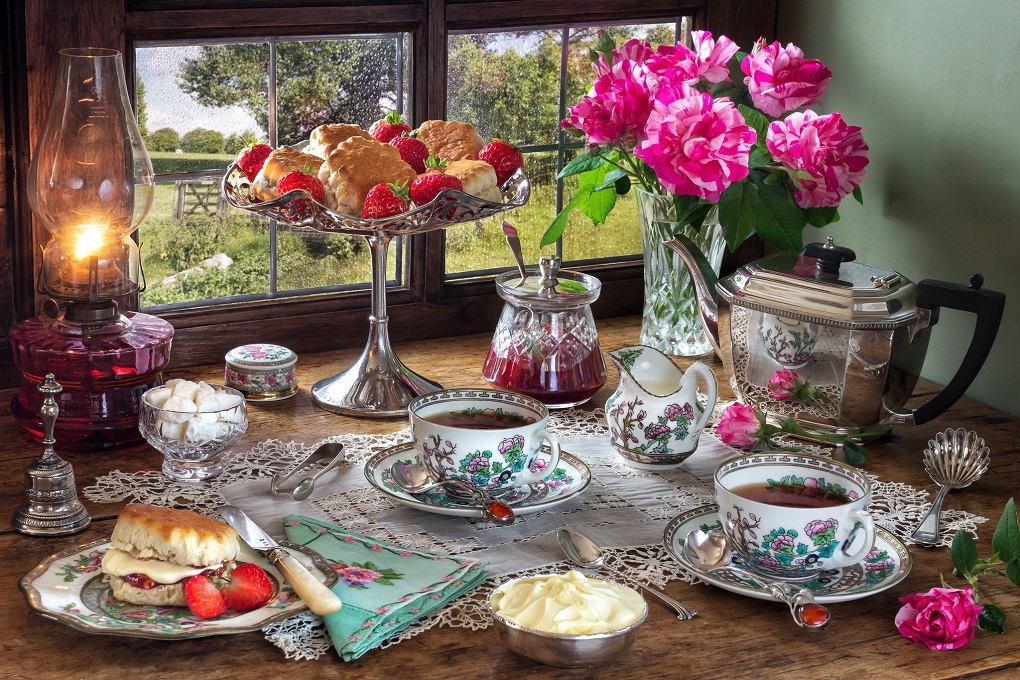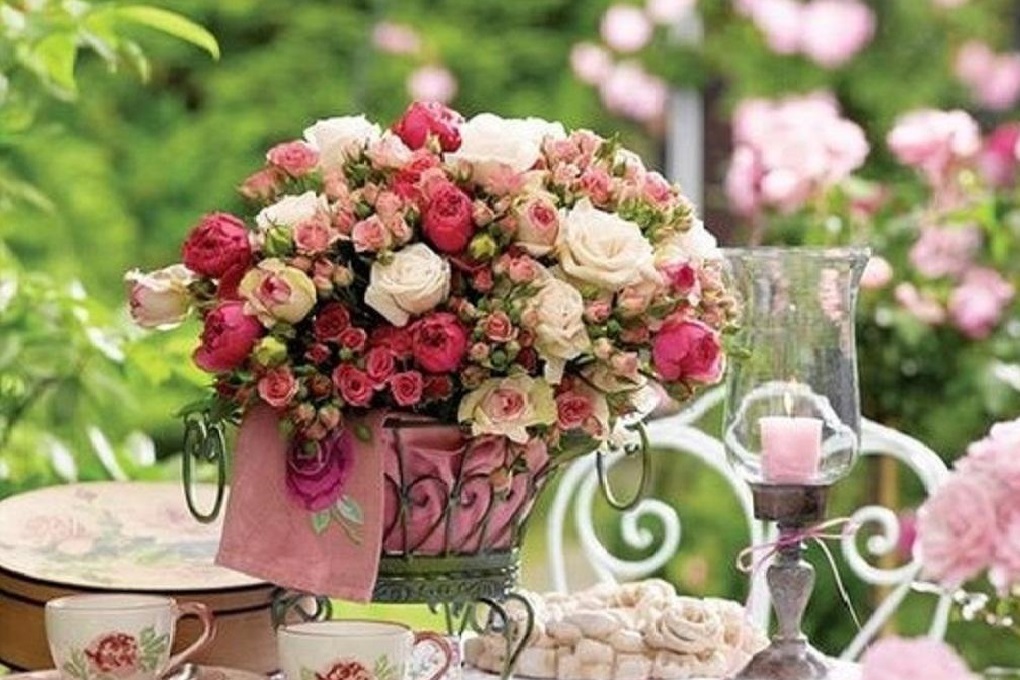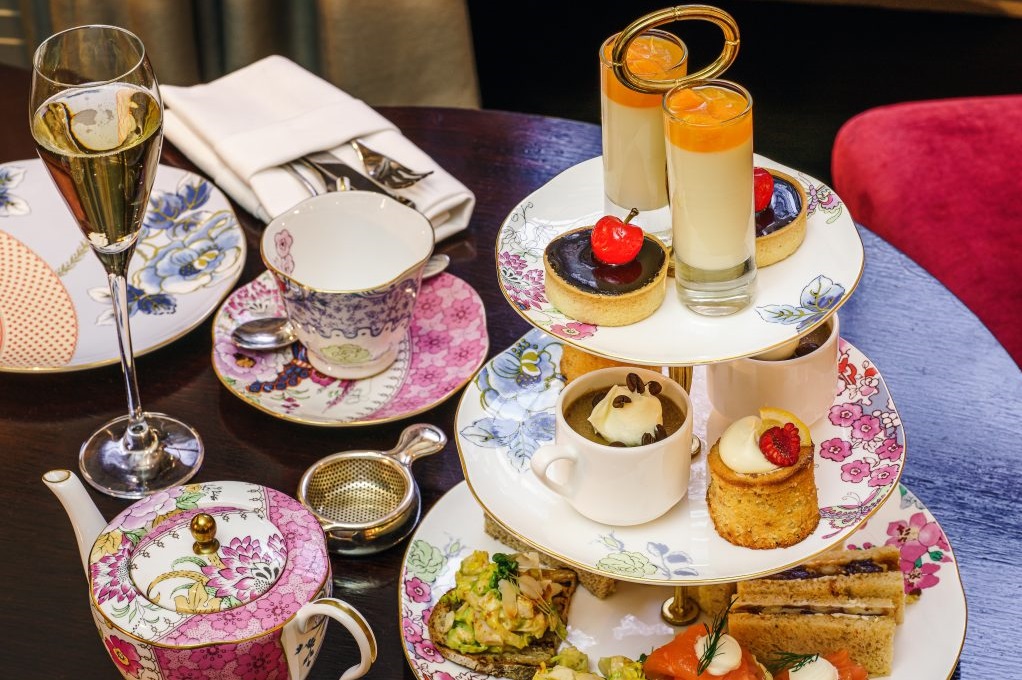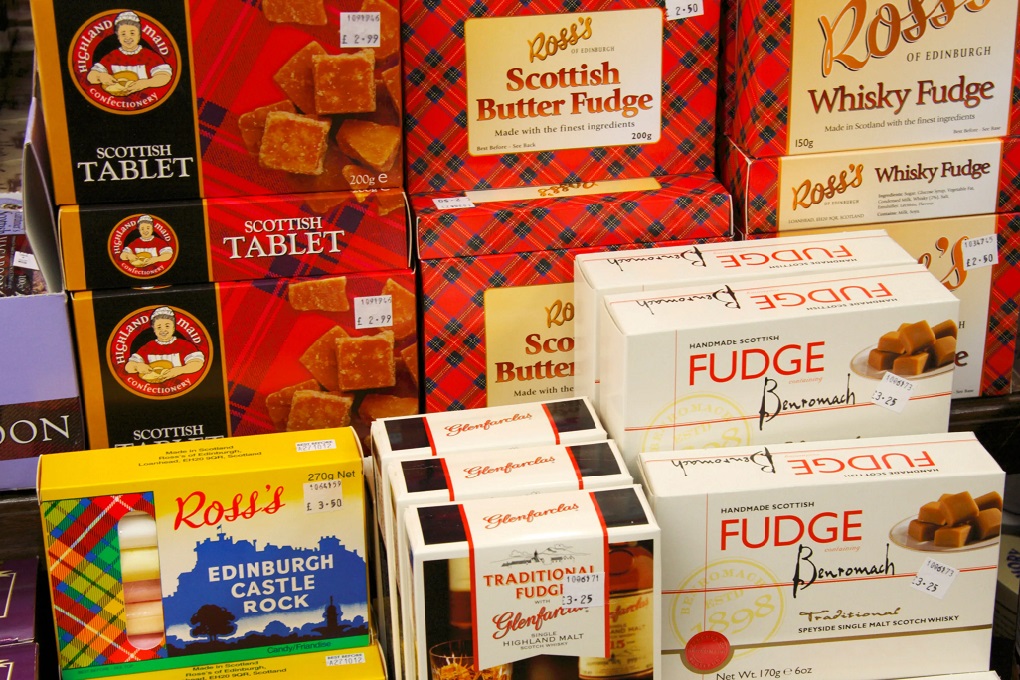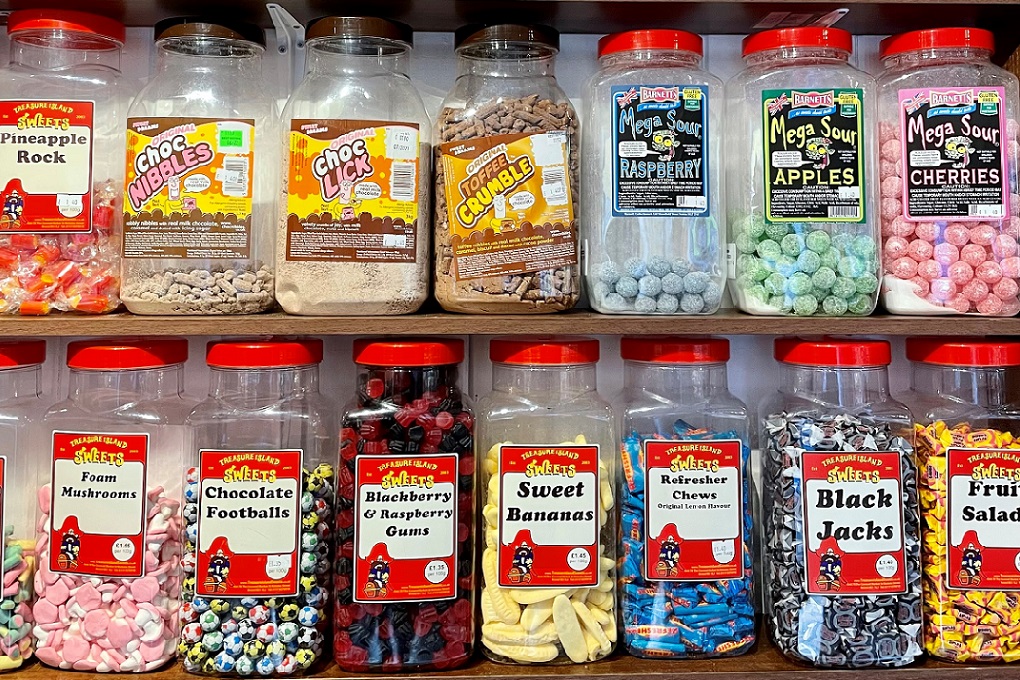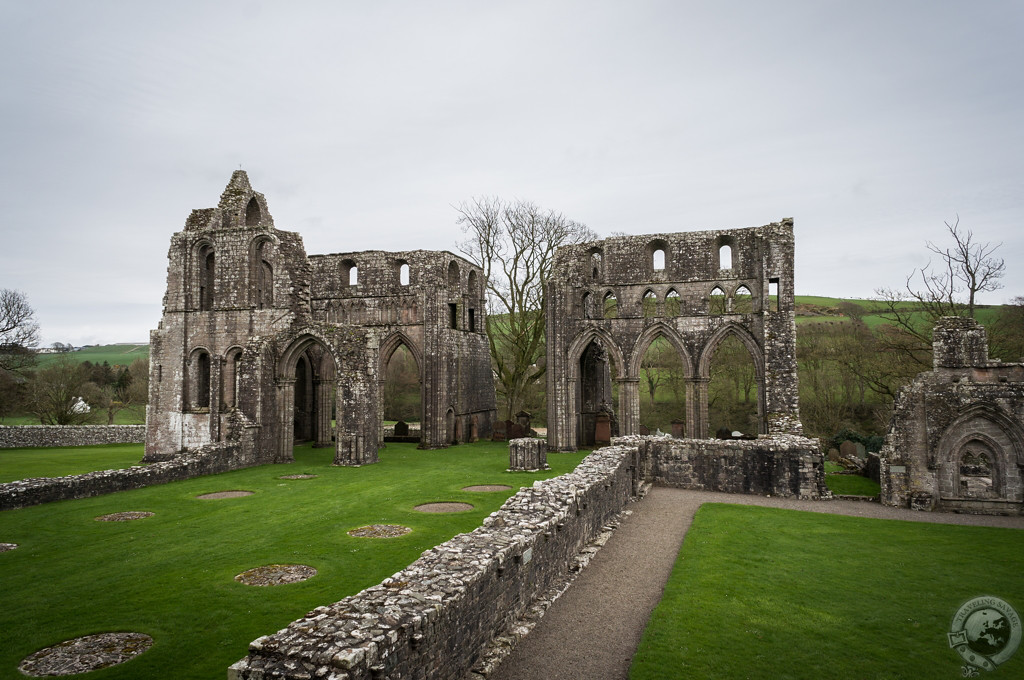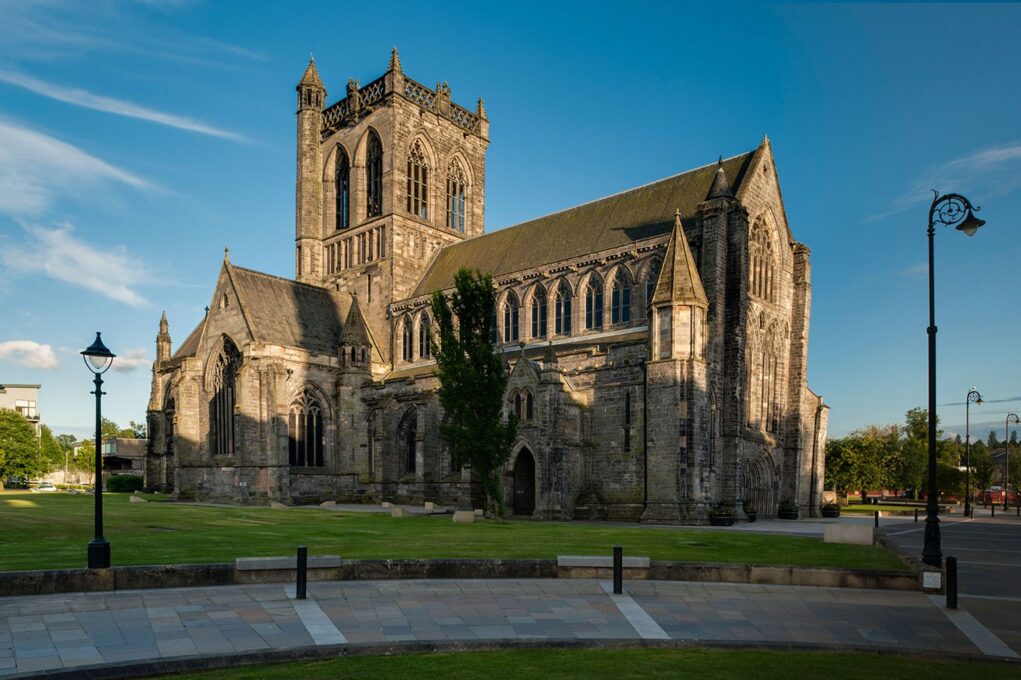Wee History of Scotland’s Christmas
There’s plenty to do in Scotland in the winter, and many Scots love getting in the festive spirit. But did you know that Christmas was banned here for almost four centuries (400 years)? Before the Reformation in 1560, Christmas in Scotland had been a religious feasting day. Then, with the powerful Kirk frowning
Wee History of Scottish Dogs
Scotland is known for a lot of great things, including stunning castles, smoky Scotch whiskey, and of course, plenty of impressive dog breeds. Dog lovers have many reasons to be grateful for the contribution from Scottish dog breeders. 14 breeds can trace their roots back to Scotland. Dogster.com – “As long as forever I
Wee History of Scotland’s Sheep
In Pursuit of the Cute There are more sheep in Scotland than people, so finding some cutesy sheep to photograph should be easy, in Highland or Lowland. This page offers a beginner’s guide to road-side sheep-spotting. How to tell a Blackface from a Cheviot, for instance. The clue can be in the name. There
Wee History of the Scottish Kilt
If one were to go back in time and visit the Highlands of Scotland about 1000 years ago, you would not see anyone wearing anything that even remotely resembles the modern kilt. The standard garment of the Gael (meaning – where the Scots speak Gaelic) was a tunic called a léine (pronounced
Wee History of Scottish Golf
Golf as we know it today originated from a game played on the eastern coast of Scotland in the Kingdom of Fife during the 15th century. Players would hit a pebble around a natural course of sand dunes, rabbit runs and tracks using a stick or primitive club.Some historians believe that Kolven
Wee History of Scotland’s Northern Lights
It is easier to see the northern lights (aurora borealis) in the UK than you might think. All you need is a dark place, a clear sky and very good timing! The good timing is important as the northern lights are a result of a geomagnetic storm. These storms are short-lived periods of
Wee History of the Scottish Highlands
The Highlands is also called the Gaidhealtachd which means “the place of speaking Gaelic”. The term Highlands is also used to describe the area above the Highland Boundary Fault. The Great Glen divides the Grampian Mountains from the Northwest Highlands. This area is the most sparsely populated place in Europe with less than 1/7th of Scotland’s’ 6 million persons population.
Wee History of Scottish Teatime
THE TEA MASTER’S BLOG Tea was first served in the royal palaces of both Scotland and England by queens who grew up on The Continent where tea was already a fashionable beverage. The Duchess of York, Italian born Mary of Modena, picked up her tea habit while living in the Netherlands. She poured the
Wee History of Scottish Sweeties
Forget tartan, whisky, or even smoked salmon—Scotland’s most underrated export is candy (or sweeties, as all good Scots call them). In the British Isles, the Scottish sweet tooth is notorious. One recent survey, for example, showed that [two out of every five Scots admitted to eating candy at least once a day. A Scottish fish and
Wee History of Scottish Abbeys
Scotland’s abbeys served as the main religious centers before their demise came with the Protestant Reformation of 1560. Most of Scotland’s abbeys that can be explored today were built around the 1100s – 1300s with many being rebuilt after being damaged in wars throughout the decades. All are fabulous historic sites set in


